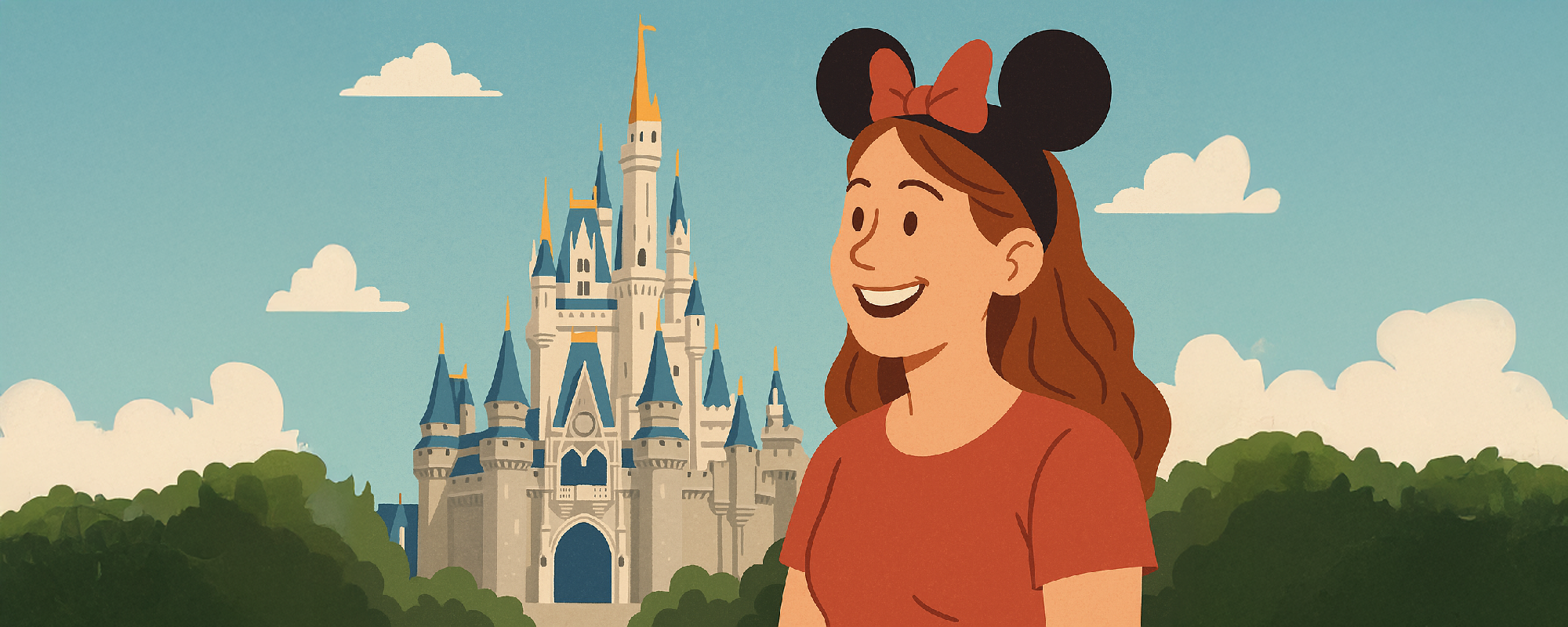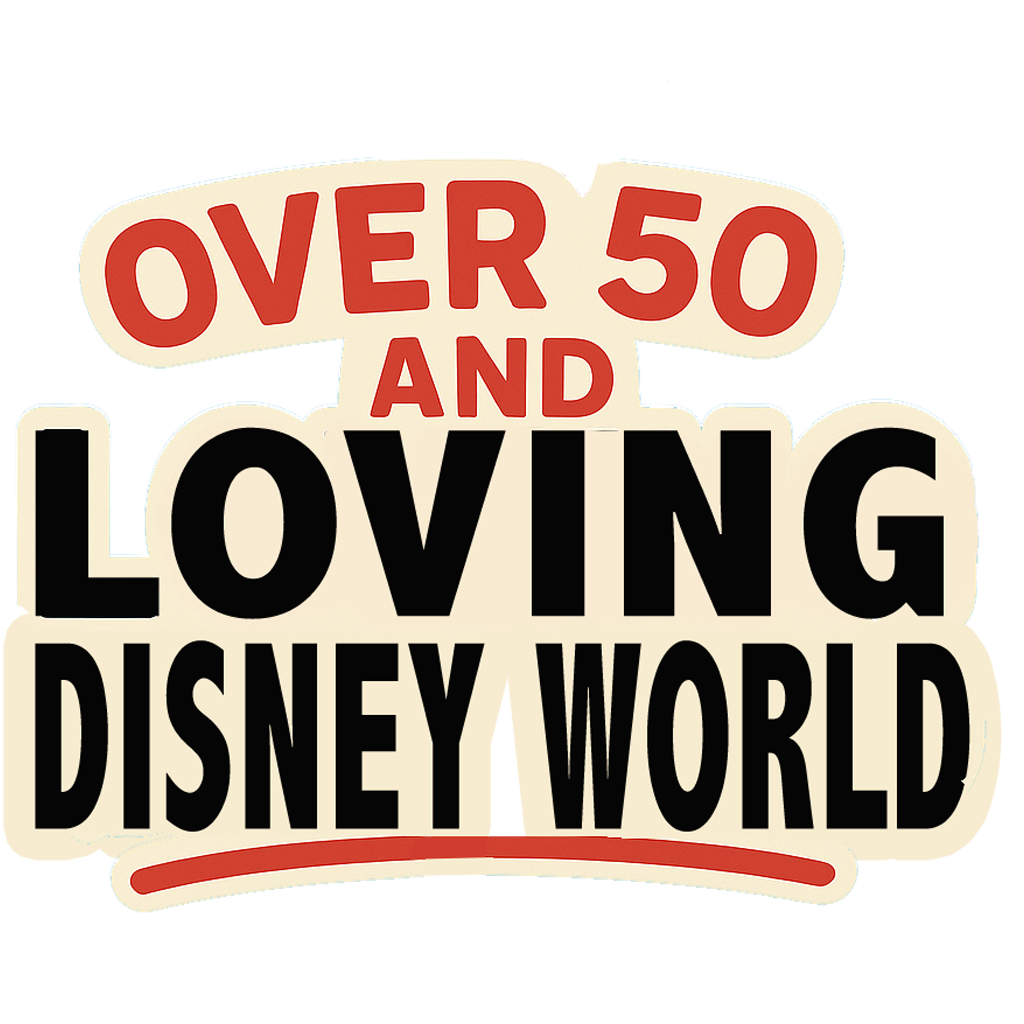Estimated reading time: 8 minutes

The term “Disney adult” refers to an adult who is a devout fan of The Walt Disney Company’s works. These individuals often engage in a range of activities, including visiting Disney theme parks, collecting Disney merchandise, cosplaying Disney characters, and consuming content on the Disney+ streaming service. While often a subject of online scrutiny and ridicule, the phenomenon is multifaceted, encompassing deep personal connections, societal perceptions, and strategic corporate cultivation.

What Defines a Disney Adult? Disney adults, sometimes known as “Disnerds” or “Disneyphiles,” exhibit a deep affection for Disney films, theme parks, and the fictional universe, ranging from Mickey Mouse to Marvel. They are not merely passive fans but actively integrate Disney aspects into their daily lives, from clothing to home decor. Key traits often include loyalty to the Disney brand, a collection of Disney memorabilia, deep knowledge of Disney trivia, and a strong emotional connection to the stories and characters. For many, Disney is more than a brand; it’s a community and a lifestyle.
The Appeal and Benefits of Being a Disney Adult (The “Pros”) For many, the appeal of Disney adulthood is rooted in profound personal and psychological factors:
- Nostalgia and Core Memories: Disney narratives and media consumed during childhood become deeply intertwined with personal identity. These familiar stories offer comfort, a sense of belonging, and a connection to a simpler time in life. For instance, one Disney adult found hugging a Goofy mascot akin to having a “little piece of my grandpa back,” as Goofy was her late grandfather’s favorite character. Another individual, who grew up with chronic health disorder, finds great comfort in watching Disney movies when in pain.
- Sense of Community: The Disney universe fosters a strong sense of community, providing a “safe space where adults feel heard and valued”. This community is often nurtured through social media groups, fan sites, and organized events, solidifying Disney as a powerful unifier. Many form lasting friendships through the fandom, with one individual meeting a bridesmaid through the online Disney community.
- Escape from Reality: Psychologists suggest that for some, the Disney universe offers an escape from the pressures of adult life. The immersive environments of the parks and engaging plots of the films provide a temporary reprieve from the real world, which can be particularly comforting during times of personal adversity or trauma.
- Appreciation for Storytelling and Themes: Disney excels at crafting narratives that touch upon universal human issues with complexity and depth, appealing to an older audience. Themes of resilience and hope resonate powerfully, mirroring the journeys adults take in their everyday lives.
- Personal Joy and Meaning: Ultimately, Disney brings happiness and joy to many. A survey found that 77% of self-identified Disney adults said the company “makes me feel happy”. For some, it offers a sense of purpose and belonging in a disconnected world. Jodi Eichler-Levine, a professor of religion, highlights that Disney practices, despite being capitalistic, can be “deeply meaningful—and at times spiritual,” comparing trips to a pilgrimage where people mark crucial life events like announcing a pregnancy or surviving cancer.
Criticisms and Challenges Faced by Disney Adults (The “Cons”) Despite the personal joy, Disney adults frequently face societal backlash and internal dilemmas:
- Societal Scrutiny and Ridicule: The phenomenon is described as a “polarizing fandom”. Critics often perceive Disney adults as “embarrassing or naive for enjoying material ostensibly aimed at children”. They are frequently mocked online, told to “grow up,” or accused of lacking self- and social awareness. Terms like “childish,” “cringe,” “weird,” “immature,” and even “crazy” are frequently used. This vitriol can lead to significant online hate, with hashtags like #disneyadultsaretheworst gaining millions of views on TikTok.
- Infantilization and Break from Reality: Sociologist Idil Galip suggests that the financial and emotional investment in the hobby “almost signals a break from regular society or real life”. Canadian scholar Henry Giroux argues that the escapism sought by these adults can lead to an “infantilization of the audience’s self that reduces their sense of agency”. Giroux views Disney as a “teaching machine” that reinforces “escapism and consumerism” and cultivates a sense of agency that fits its market plan, potentially depoliticizing individuals by encouraging them to seek entertainment rather than collective action for societal problems.
- Hyper-consumption and Financial Investment: Being a Disney adult often involves significant financial outlay. They are avid consumers of products, services, and experiences, willing to pay premiums for exclusive items. A survey indicated that 58% of Disney adults spend between $1,000 and $10,000 annually with The Walt Disney Company. Some, like blogger AJ Wolfe, warn that the hobby can become “toxic” if people accrue debt to fund their Disney passion, noting that Disney “can be a great alleviator of symptoms, but it isn’t a cure for personal or mental concerns”.
- Uncritical Consumption and Corporate Influence: Critics highlight that Disney adulthood is “inseparable from hyper-consumption” and that the company prioritizes “profits over anything”. There’s concern that Disney’s vast media ownership discourages criticism of the conglomerate and its business practices. Many Disney adults are aware of the company’s “capitalist mentality,” noting issues like underpaid employees, past use of child labor, and lobbying efforts. Despite this, it’s “hard to criticise something that you love so much”.

Society’s Perception: A Polarized View Society’s perception of Disney adults is largely polarized. On one hand, they are frequently ridiculed and subjected to a “hate storm” online, particularly childless millennials in their 30s who often visit the parks. This criticism often targets their perceived immaturity or inability to “grow up”.
On the other hand, many, including influencers and celebrities, proudly identify as Disney adults. Defenders argue that Disney offers valuable lessons and that its appeal is universal, transcending age. Academics like Jodi Eichler-Levine urge critics to “lead with empathy,” emphasizing that the deep emotional connections and joy Disney brings are often misunderstood. As one Disney adult stated, if it doesn’t hurt anyone, it shouldn’t bother anyone, as “it’s something that simply makes us happy”.
Disney’s Intentional Marketing to Adults The idea that Disney is only for children is a “misinterpretation of the inclusive philosophy” at its core. The Walt Disney Company has a long history of intentionally cultivating a lifelong adult fanbase:

- Historical Marketing: Practices like Disney weddings date back to the 1990s. In the 90s, Disney World marketed directly to adults with adverts promising “A World of Magic Without the Kids!”. As early as the 1930s, Mickey Mouse watches were advertised as gifts for “boy or girl, man or woman”.
- Strategic Cultivation of Lifelong Consumers: Disney “does not hide its desire to create lifelong consumers”. This strategy begins early, with Disney representatives visiting maternity wards to gift bodysuits and sign up new mothers for DisneyBaby.com. The company also plans residential “Storyliving” communities, including neighborhoods for those aged 55 and up. Walt Disney himself stated his company created “a believable world of dreams that appeals to all age groups”.
- Targeting Millennials and Nostalgia: The “Disney Renaissance” of the 1990s, with successful films and re-released classics, ensured Disney was unavoidable for many children who are now adults. Michael Eisner, CEO in the 1980s, explicitly geared new films towards “boomers and their babies,” tapping into adult nostalgia.
- Diversifying Portfolio: Acquisitions of franchises like Marvel and Star Wars have broadened Disney’s appeal, offering “sophisticated storytelling” and genres that resonate with adult audiences, thus breaking the stereotype of Disney being solely for kids.
- Adult-Oriented Experiences: Parks now feature attractions, dining, and events designed for a more mature audience, such as EPCOT’s World Showcase with its international cuisine and adult beverages. Disney also debuted its own cruise line with adult-only restaurants and beaches, and even a nightclub complex called “Pleasure Island” near Walt Disney World.
- Merchandising and Influencer Marketing: Disney explicitly promoted merchandise to adults as early as 1987 for Snow White‘s 50th anniversary. The company encourages and leverages social media, with “Disney influencers” receiving gifted trips in exchange for content, and brands paying them to promote Disney-licensed products. This creates a feedback loop where consumption is incentivized by content creation, as seen with the popularity of “mystery pins”.
- Psychological and Anthropological Research: Disney has invested in research facilities to track ad responses and hired psychologists and anthropologists to monitor children to draw them into the Disney orbit, further indicating a deliberate strategy to create lifelong fans.

In essence, being a Disney adult offers a rich tapestry of emotional comfort, community, and joyful escapism, often deeply tied to personal history and a love for captivating storytelling. However, this dedication exists within a context of significant societal criticism, perceptions of immaturity, and the powerful, deliberate commercial strategies of a massive corporation that seeks to integrate itself into every life stage, from birth to potential afterlife.
Understanding the Disney adult phenomenon is like examining a vibrant, meticulously cultivated garden: it offers immense beauty and joy to those who tend to it and visit, drawing them in with its timeless allure and carefully designed experiences. Yet, beneath the surface, one can discern the intricate irrigation systems and expert landscaping that ensure its continuous growth and profitability, prompting questions about the balance between genuine affection and commercial design, and how society views those who fully embrace its blooms.

